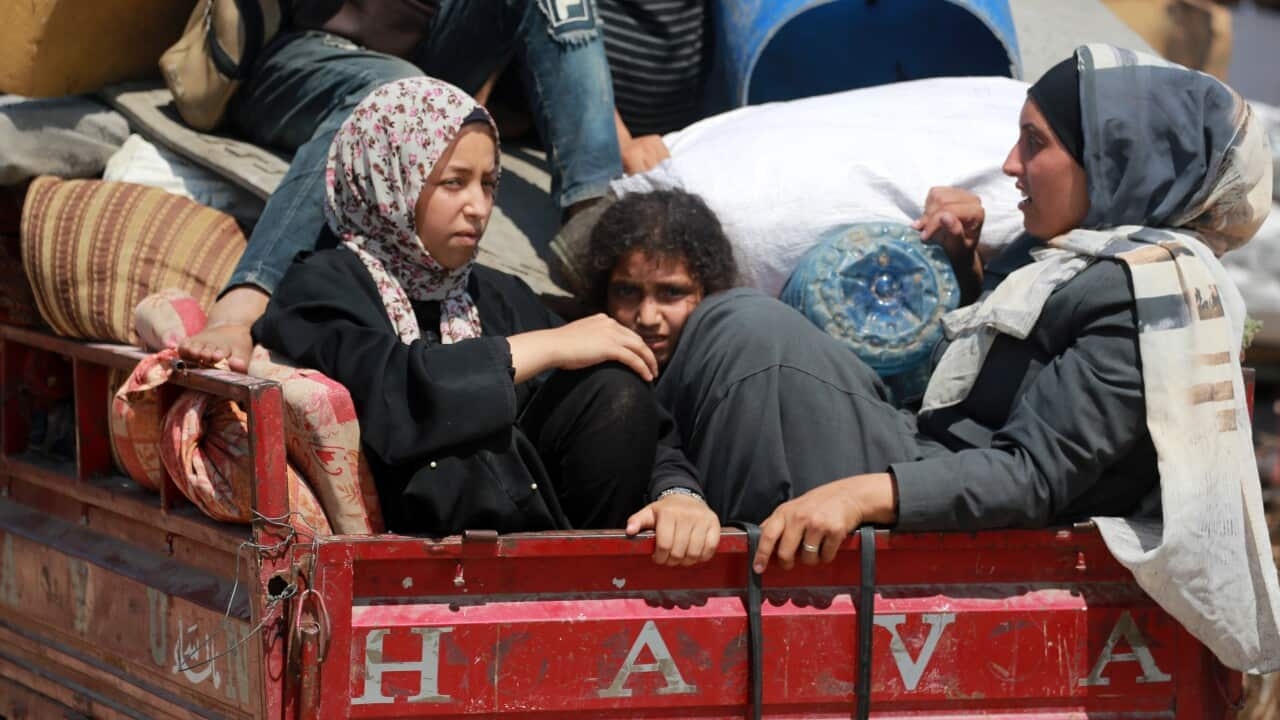At 17, Hedayat Osyan fled Afghanistan, escaping the Taliban. He was smuggled across the world before arriving in Australia by boat.
Hedayat was detained on Christmas Island, then Melbourne, before gaining permanent residency.
In 2016, he got a part-time job in construction.
“During this time I found that lots of refugees, they are struggling to find a job. Some of them who get [a] job, they're being exploited in the workforce due to language barrier, lack of a network," he told SBS Examines.
Hedayat founded Community Construction, a social enterprise employing refugees and asylum seekers. They've completed more than 300 projects and employ over 100 people.
“I'm receiving at least five application every day from refugees. They want to work, they want to contribute, they want to support their families. They don't want to be on Centrelink, but there's no equal opportunities," Hedayat said.
According to the Department of Home Affairs, over $13 billion has been spent on offshore processing between 2011 and 2023.
"That works out on average, over that time, to be over half a million dollars per person who we have sent offshore," said Jana Favero, deputy CEO of the Asylum Seeker Resource Centre.
She believes onshore processing is a viable solution.
“The comprehensive plan that was brought in under Malcolm Fraser meant that we welcomed and we resettled people directly into Australia, so they weren't having to risk their lives . . . they were also coming in and contributing to Australia," she said.
In this episode, SBS Examines investigates Australia's refugee policies, and questions how we can prioritise human rights and the economy.
LISTEN TO

Migrants aren't being hired in the jobs they're qualified for. It's costing Australia billions
SBS English
06:15













